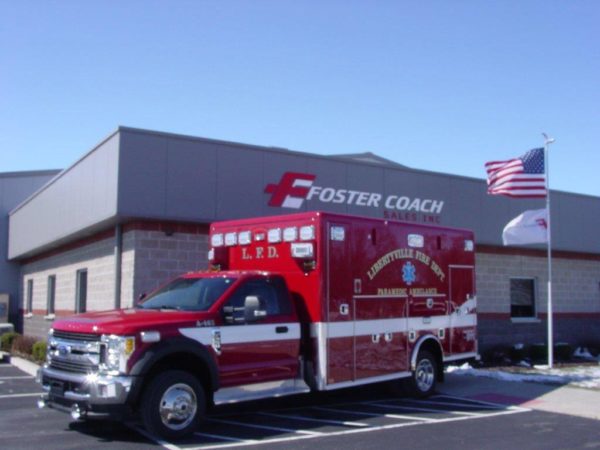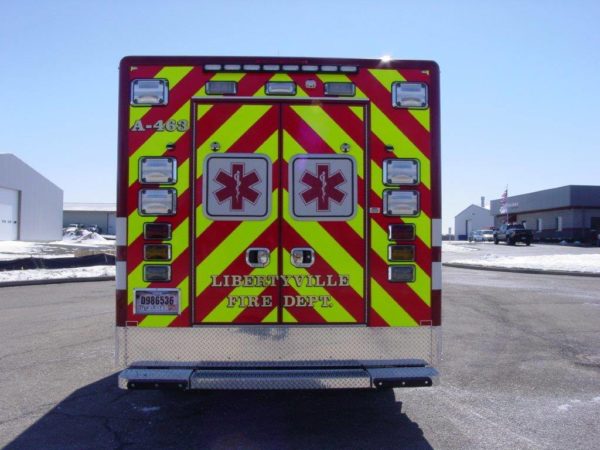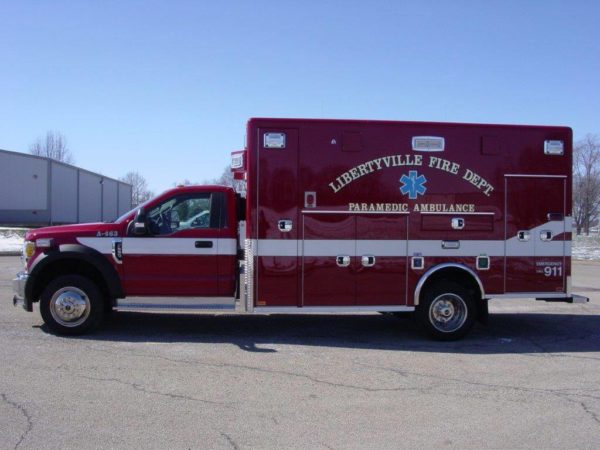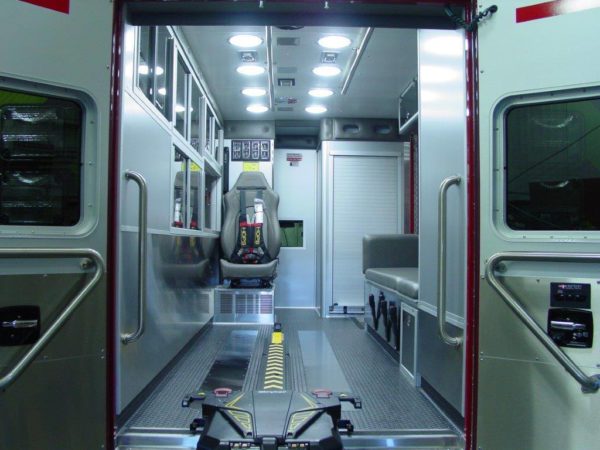Excerpts from the DailyHerald.com:
More than half of firefighters’ line-of-duty deaths are caused not by external dangers such as flames or building collapses, but from cardiovascular reactions to the physical stress of the job, experts say.
Hanover Park Fire Chief Craig Haigh believes his department can help bring down those numbers as the main test subjects of a 21-month national research project.
It’s aim is to improve know-how and equipment to better handle internal pressures on the heart, lungs, brain, and core body temperature during emergency calls that now result in 50 percent to 60 percent of firefighters’ line-of-duty deaths, according to statistics compiled by the U.S. Fire Administration.
Since January, and continuing through September 2018, all 52 active Hanover Park firefighter-paramedics have agreed to wear a monitor that measures their physiological responses during each 24-hour shift.
Most people don’t understand what firefighters are really enduring when they’re at a fire or similar emergency, said the study’s lead investigator, Professor Denise Smith of Skidmore College in New York. She’s sampled enough firefighting gear to recognize there’s no comparison between traditional athletic endeavors and the total physical exhaustion firefighters face. The gear firefighters wear typically weighs 30 to 50 pounds, while the equipment they may carry at any given time can add 25 more pounds.
Haigh said several factors contributed to his department’s having a unique role in the research … the Hanover Park Fire Department has just the right characteristics for the project. The department is large enough to provide a sufficient number and variety of calls for the study, yet small enough to secure 100 percent compliance among employees.
That reflects the excellent labor relations Hanover Park enjoys with its firefighter-paramedics. Many unions would balk at the intensive monitoring and sharing of personal medical information the research requires.
SMARTER stands for Science, Medicine, Research, Technology for Emergency Responders. The project, funded by a $1.5 million grant from the Department of Homeland Security, continues the research Smith has been engaged in for 21 years.
Among the breakthroughs it’s already discovered is recognition that firefighters need rehab while on a call. That means making sure firefighters emerging from a burning structure take time to rest, rehydrate, lower their body temperature, and take nourishment.
The study also shows firefighters are getting much too hot wearing heavy structure-fire gear for conditions that probably warrant a different type of protection.
A long-running goal of equipment manufacturers has been to make firefighting gear lighter, more breathable and less restrictive, while providing all the protection required. Smith hopes her research helps achieve that goal.
The SMARTER Project also aims to improve the portability of devices used to measure the presence and concentration of toxic particulates in the air, so firefighters know better when to use their breathing gear even in the absence of visible smoke.
Agencies and organizations supporting the SMARTER Project include the University of Illinois Fire Service Institute, the University of California at Los Angeles, the U.S. Army Research Institute of Environmental Medicine, the Fire Protection Research Foundation, National Fallen Firefighters Foundation, Globe Manufacturing Co., Zephyr Medtronic, and the International Association of Firefighters.
thanks Dan

































